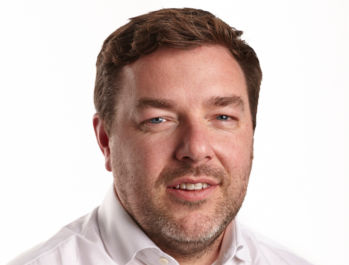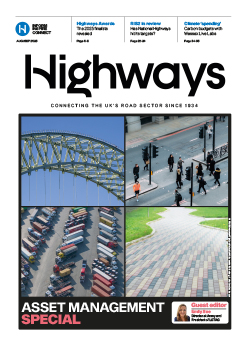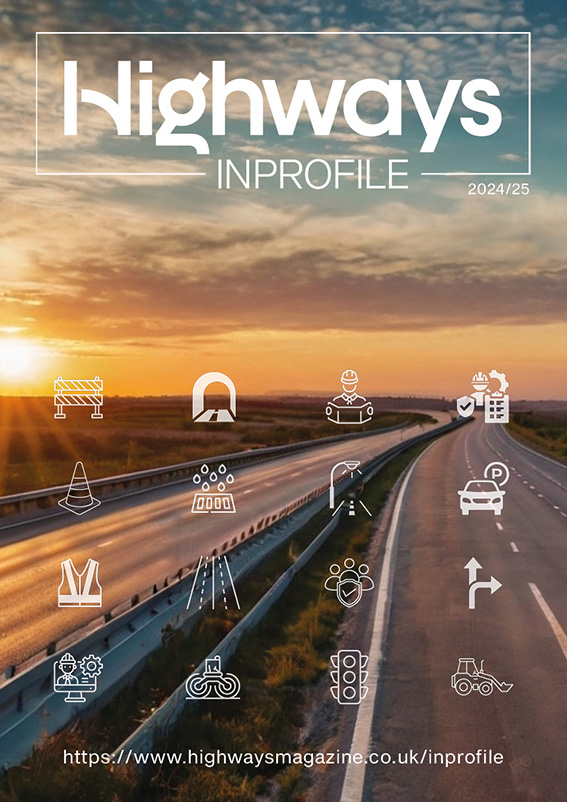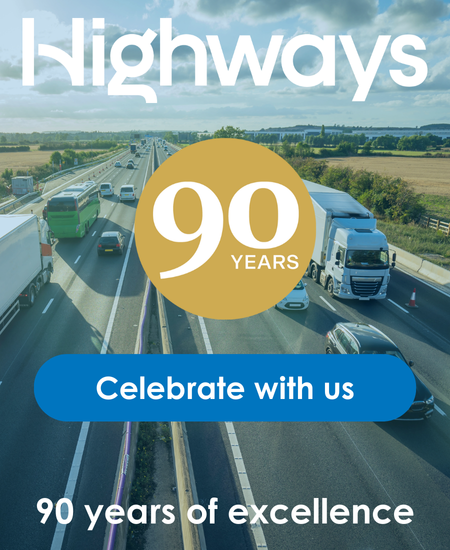Highways spoke to Chris Dyer (pictured), head of consultancy, infrastructure asset management at Yotta, about how well we do asset management, how we could make it better and where it will go in the future.
Q: What percentage of local authorities in the UK do you think operate what you would define as ‘good’ asset management?

It really is a relatively small proportion. My estimate would be about 25%.
Q: What is the major factor holding local authorities back in this area?
Embracing new digital technology and the change that goes with it is an issue for many councils. Partly, that is down to a capability and skills gap – but it is also about available capacity.
'Operational teams often simply don’t have sufficient ‘space or time’ available to them to take on new digital projects.
Often, these teams don’t fully understand the range of benefits digital transformation could potentially bring them. Coupled with that, there is sometimes a lack of leadership to drive this change through.
Q: Why do you think IoT and 5G rated so low in your survey when it comes to the most exciting developments in asset management?
It is surprising that they are rated so low. It may in part come down to the fact that asset managers have yet to see the full potential benefits of these technologies. 5G, once it actually becomes a reality, will bring a step-change in connectivity speeds, making it easier to access information quickly from anywhere.
IOT and sensors deployed in the field potentially make large volumes of data available to councils. 5G networks will allow them to consume this rapidly - no matter where they are at any one time.
Q: How do you think factors such as BIM and computer-led design will affect future asset management?
BIM brings the opportunity to be able to standardise the data sets that have been collected. It will allow asset managers to build consistent data sets and enable them to more clearly understand the data they are looking at.
It therefore makes their engagement with that data more efficient and the data itself more accessible. Computer-led design could potentially be key in enabling asset managers to handle large quantities of data, allowing them to advance asset management in a digital world far more effectively.
Q: Which technological advance in the next five years do you think will have the greatest impact on asset management?
If I was to pick one it would be the way the way that sensors will enable access to large quantities of live data in the field. Through sensor technology, local authorities will be able to access live information about the behaviour of remote assets and infrastructure without having to visit the sites themselves. They will be able to obtain live condition information and receive advance notice of likely breakdowns or structural deterioration, for example.
It will also enable them to better understand how different classes of assets relate to each other.
The benefits that sensor data can potentially bring have still not been fully realised in the highways and transportation sector. We expect to see this change significantly in the coming years.
It will have a huge impact on local authorities because it will enable them to reduce the need for the physical inspection of assets and cut back on the associated time taken and cost incurred in carrying out that process.
Q: Yotta has been working on predictive maintenance solutions. How is this developing? Any breakthroughs?
We are currently working on putting together long-term asset management and maintenance plans for highways infrastructure. We currently work with a large number of different authorities, developing long-term plans that enable us to predict and help authorities know when to intervene to make the case for investment on assets. Using our Horizons visualised asset management software, for example, we can help inform authorities how their pavement assets are likely to behave and deteriorate over the next 10-20 years. We can also help them understand what level of performance they might expect from these assets and when they might need to carry out preventative maintenance activity.
In terms of how this capability is developing, the market is increasingly looking at AI and video-generated data. Yotta can interact with that and help local authorities with predictive maintenance through our Horizons software. We have been working, in particular, with visual inspection data sets generated by new video surveys, which are helping identify pothole and safety defects. This data can then in turn potentially be used to improve the way future failure is predicted.
Q: What has been the feedback to the Blueprints system? Do you have any figures or examples of how it has improved services/work?
It is moving forwards positively and has revolutionised the way our software is delivered to our customers. We are offering out multiple blueprints and templates to customers of best practice asset types and workflows, which will help them to adopt a best practice approach in the future.
Q: When you look at the increasingly sophisticated and real-time levels of asset analysis from machine learning and big data – how will this feed into or compete with asset management software?
Our system can take all types of data, whether routine historical survey data or the bigger data sets described above. It is there to help us inform and make operational management decisions but we have built it not just to be able to take the data but also to help inform multi-criterion analysis across different infrastructure types.
It will not compete with asset management software. In fact, it will work within our software solutions. We want the analysis across all our data sets in the same way that we are currently delivering that within Horizons.
Q: What is next for Yotta?
Our background is in highways, roads and transportation. We have built our products, services and capability to launch from that background into other areas of infrastructure asset management. In other words we are not limiting ourselves to the strength of our background. We have deliberately built the software to be capable of handling all infrastructure from buildings to property to structures or railways. Our aim is to offer a total infrastructure asset management solution across different industries.





